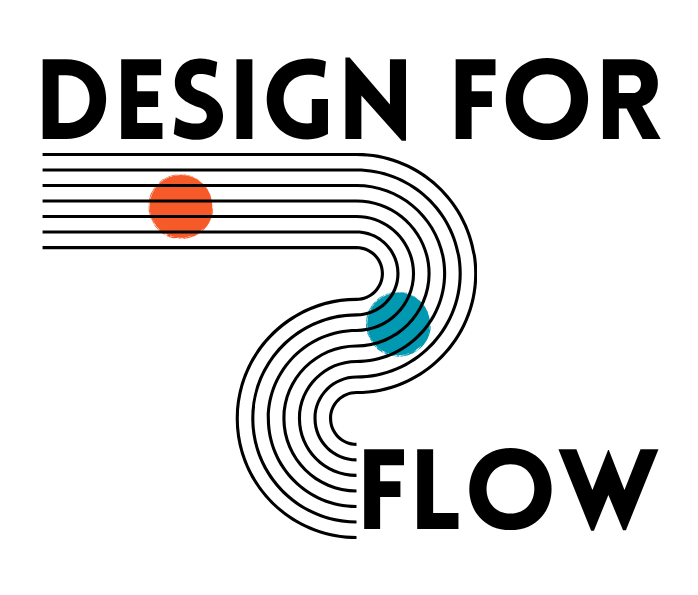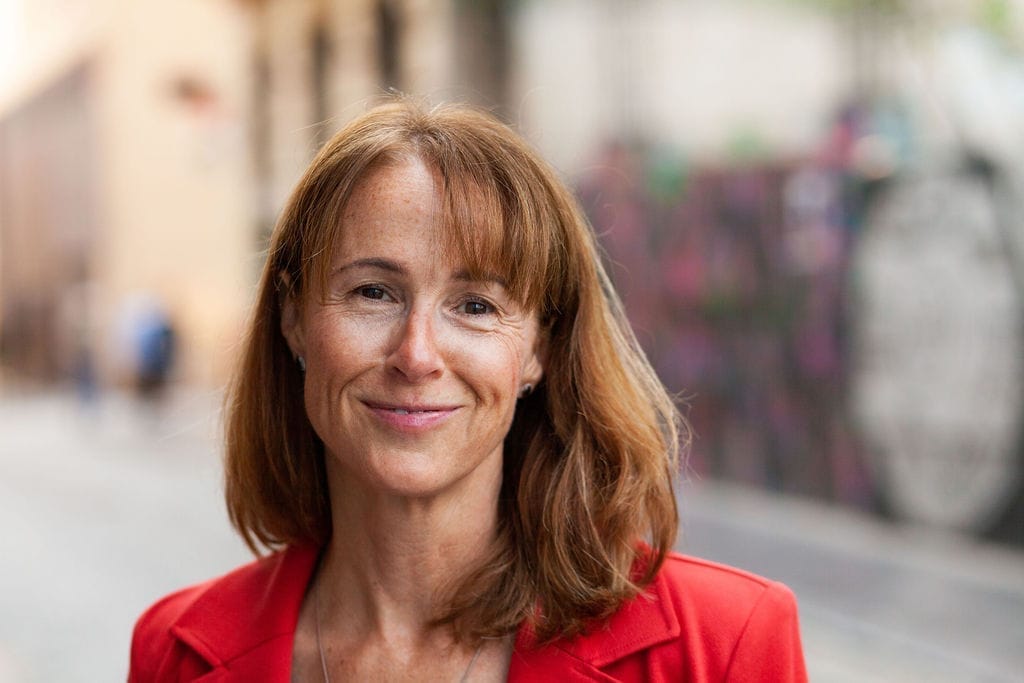
TURN DELIVERY CHAOS INTO CALM,CONFIDENT PROGRESS
A leadership training to create sustainable, human-centered delivery systems with your team.
Why You Should Design for Flow?
Design for Flow is a practical program for leaders and change agents who want to guide delivery without the stress, firefighting, and burnout that often come with fast-moving work.
In just 4 weeks, Design for Flow will teach you the tools, strategies and mindsets to create the systems that:
Deliver on goals without burnout
Build trust and alignment in your team
Turn strategy into everyday action
Create predictable, sustainable delivery cycles
Who is it for?
You’ll get the most out of this course if you:
Support your team’s delivery (e.g. tech lead, product manager)
Are stepping into a delivery management role
Work in a team without a dedicated delivery lead
Want to improve how your organisation delivers outcomes
After This Course, You Will…
Deliver reliably without overloading your team
Build trust and alignment across roles
Translate strategy into actionable team rhythms
Confidently adapt to change without derailing delivery
Know exactly what to prioritise (and what to drop)
High-performing teams don’t leave delivery to chance.
They design for it.
Learn how to plan, align, and execute — with flow, not friction.
High-performing teams
don’t leave delivery to chance.
They design for it.
Learn how to plan, align, and execute
— with flow, not friction.
How It Works
4 Weeks online learning
10–12 hrs self-paced content
4 × 75-min live group calls
+ 1 kick-off callPractical tools, templates & exercises to use immediately
Supportive cohort environment
Custom focus for private groups
Early bird pricing ends August 29 — secure your spot before registration closes September 7.
Your trainers

Jo Will
Supporting teams and organisations to work more effectively without sacrificing well-being by cultivating the mindsets, habits, and systems that enable meaningful work. Her approach blends coaching, systems thinking, and practical tools to foster outcome-focused, human ways of working rooted in clarity, sustainability, and alignment.

Cheryl Schuberth
Guiding leaders in building the operational systems that enable trust and collaboration. Her work is focused on helping teams move from fragmented workflows to a state of sustained success by establishing core frameworks and communication channels that enable high-performance and sustainable results.
Testimonials
What leaders say about this course
Cohort Options & Pricing
We offer public cohorts as well as private cohorts for your organization.
What’s included:
Self-paced course content (value €2,200)
Live instruction calls (value €1,100)
Templates (value €325)
Instructor access throughout the live course for Q&A (€450)
TOTAL VALUE: €4,075
PUBLIC COHORT
€1947
incl. VAT*
Multiple cohorts per year
Early Bird Price: €1,797 incl. VAT. Purchase by Aug 29, 2025.
Standard price: €1,947 incl. VAT
10% discount with 3+ members from the same company registering together.
PRIVATE COHORT
Price on request
Private cohort for your organisation / team
Flexible dates
An environment to dive deeper into the specifics of your setup
Set the focus & context for your group
*USD prices available upon request and registration.
Ready to Design for Flow?
Book a Private Cohort
Course Outline
The course consists of two elements: content and group consolidation calls. The content includes theory, practical exercises to try and templates to use with your team.
Attend the weekly group consolidation call to strengthen your learning, share your insights and dive deeper into a particular topic.
LIVE CALLS
Introduction Call
10 September 6:00 PM - 6:45 PM CEST / 12:00 PM - 12:45 PM EDT
Consolidation Call #1 (Module 1)
17 September 6:00 PM - 7:15 PM CEST / 12:00 PM - 1:15 PM EDT
Consolidation Call #2 (Module 2 part 1)
24 September 6:00 PM - 7:15 PM CEST / 12:00 PM - 1:15 PM EDT
Consolidation Call #3 (Module 2 part 2)
01 October 6:00 PM - 7:15 PM CEST / 12:00 PM - 1:15 PM EDT
Consolidation Call #4 (Module 3)
08 October 6:00 PM - 7:15 PM CEST / 12:00 PM - 1:15 PM EDT
DETAILED BREAKDOWN
Introduction Call
Overview of the course objectives and structure.
Module 1: Team Structures and Processes
Vision & Mission
Define team vision & mission.
Link team’s work to the company vision & mission.
Team Agreements
Clarify roles and responsibilities, including connection to the process.
Define communication channels and shared tools.
Select and specify recurring ceremonies.
Stakeholders
Establish communications with stakeholders (includes stakeholder mapping).
By the end of module 1, you will have tools to align on direction, responsibilities and core-processes, as well as clear communication channels, and stakeholder engagement strategies. You will learn to improve communication within your team, ensuring essential information remains readily accessible to facilitate self-organisation.
Module 2: Evidence-based Planning & Risk Resilience
Philosophy & Mindset
Explore Agile & planning myths.
Planning vs. commitment, Kanban vs Scrum.
Introduce estimation philosophies.
To ceremony or not to ceremony?
Identify who will work on what?
High-level Planning
Planning and Epic Breakdown.
Understand the order of epics.
Breaking down epics into headlines and details.
Discuss planning horizon.
Iteration Planning
Iteration Planning and Refinement.
Cycle time.
Comparing estimation approaches.
Risk Resilience
Spikes and managing risks.
RAID (Risks, Assumptions, Issues, Dependencies)
By the end of module 2, you will understand the whys and the hows of multi-level planning including which amounts of detail are required at each level. You will also have several strategies to manage risk.
Module 3: Achieving Daily Delivery Flow
Visualising Process
Why visualise a process?
Distinguish between different types of work.
Understand the story/task as a unit of delivering value.
Building your team’s agile board.
Define Done, Ready, and Acceptance Criteria.
Visualising who is working on what.
Visualising blockers and bottlenecks.
Tracking
Progress Tracking.
Tracking blockers and reasons.
Reflection
Retrospectives for continuous improvement.
By the end of module 3, you will be able to design your process and use visualisation to unblock work, understand progress and safeguard your team’s concentration by reducing distractions. You will know which data to collect to inform and inspire process improvements.
At the end of the course you will understand the key factors in enabling software delivery flow and be able to implement them in your team.
"Be ruthless with systems.
Be kind to people."
--Michael Brooks

Design for Flow